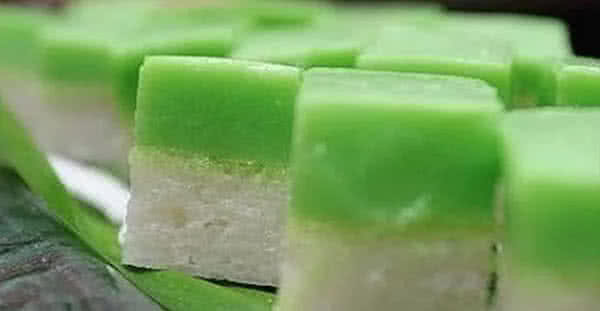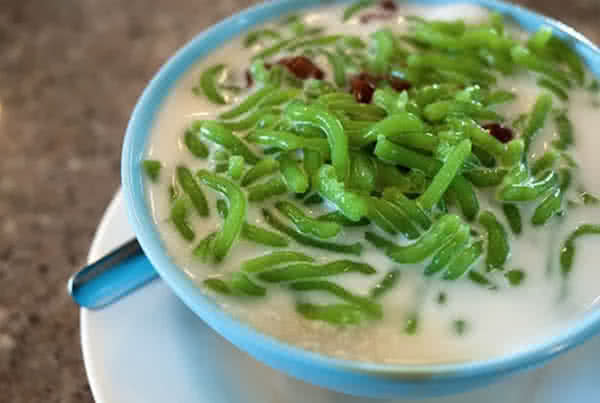What to Eat in Malaysia
What should you eat in Malaysia? What are the most typical and traditional Malaysian dishes? Here is the list of the Best Malaysian Food & Cuisine that you should try before you die. You cannot leave Malaysia without eating these foods!
Written by Baim Kamil and Faris bin Abdul Gani, Product Designer and local tour guide for A Chefs'Tour, both from Kuala Lumpur, Malaysia
10 Best Top Foods You Must Try in Malaysia
Roti Canai
Roti Canai is classic Malaysian breakfast of Indian derivation, though this flaky finger food is good any time of day (and really good at about three in the morning). A dough of flour, egg, and ghee (clarified butter) is incredibly, almost unbelievably elastic; it's stretched quickly into a tissue-thin sheet, like pizza dough but even more dramatic, then folded back up and griddled. In its best form, right off the griddle, it's flaky and crisp like a good croissant on the outside, soft and steaming and a little bit chewy on the inside. It's also served with curry, often lentil dal; other versions are cooked with egg, or onion, or sardines.
Nasi Lemak
Nasi Lemak is as easy to find as a sandwich in America, nasi lemak could be considered Malaysia's national dish—a little banana leaf parcel that cradles a bed of coconut rice with spicy sambal, crunchy dried anchovies (ikan bilis), roasted peanuts, cucumber, and egg (sometimes sliced of hard-boiled, sometimes cooked like a flat omelet). While considered classic comfort food, it's a showcase of flavors and textures, from the delicate coconut to the brash belacan, the tender bite of rice and the salty crunch of anchovies. The simplest elements really matter here. Rice that's suffused with the flavor of coconut milk and sometimes further fragranced with pandan; sambal that's bright-tasting and spicy but balanced. It's often eaten as a breakfast food, but can be a snack at any time of the day, and to bulk it up, it might be served with a seafood or chicken curry, or vegetables, or beef rendang.
Nasi Kerabu
Most are attracted to Nasi Kerabu, a favourite Kelantaense dish, because of the bright blue rice. Its vivid colour comes from the use of telang flowers which are blended and mixed with the rice during cooking. It typically comes with fried coconut, fermented fish sauce and crunchy bean sprouts. It’s best eaten with your hands.
Popiah
Popiah are rolls of shredded turnip, jicama, and other crisp veggies, along with perhaps peanuts or egg or tofu, all wrapped in a thin, pliant wheat crepe.
Mee Goreng
Mee Goreng are stir-fried noodles, which take many forms. You'll often see yellow noodles quickly wok'd up with soy, garlic, shallots, and chilies; along with them might be shrimp or chicken, beef or vegetables. It's fantastic street food; many hawkers use roaring charcoal fires, and their smoky flavor really makes anything cooked over it.
Beef Rendang
Beef Rendang is a slow-cooked dry curry deeply spiced with ginger and turmeric, kaffir lime and chilis. (You'll find chicken, vegetable, and seafood rendang as well.) In Malaysian fashion, it fuses sweet, sour, and savory elements, the curry picking up a creamy richness from two forms of coconut and an elusive tang from asam keping, slices of a sour sun-dried fruit.
Sambal Udang
Sambal Udang is a very delicious and typical malaysian dish. I love this dish in that it proves how compelling the most basic Malaysian flavors can be. Sambal is that blend of chilies, the shrimp paste belacan, and Calamansi lime that's served with just about every dish and on just about every table; here, it's quickly stir-fried with shrimp to impart all of those flavors. Fresh shrimp are pleasantly cooling against the spicy sambal—which just makes me go back for more sambal, of course. You'll also see plenty of other things sambal-ed. Squid, sting ray…
Satay
Satay -Wait, I thought satay was Thai!- Malaysians will proudly declare that they have the best satay, and that others have just been more successful at marketing it. (Thailand and Indonesia, to name two, might contest that.) But you will see satay all over the place in Malaysia, towering piles of skewers in hawker stalls that are tossed on the grill once you order. Penang food writer Helen Ong distinguishes Malaysian satay by its peanut-based sweet and slightly piquant sauce and the meats marinated with local spices.
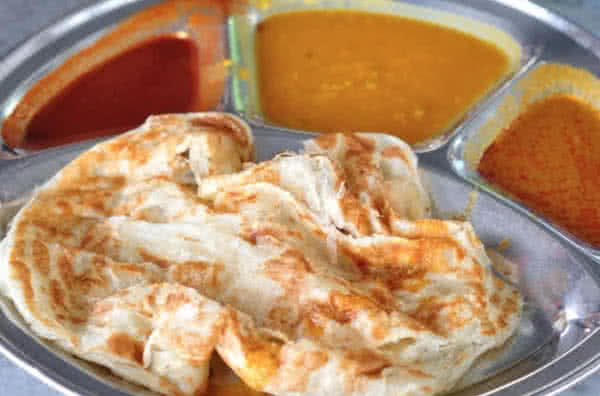
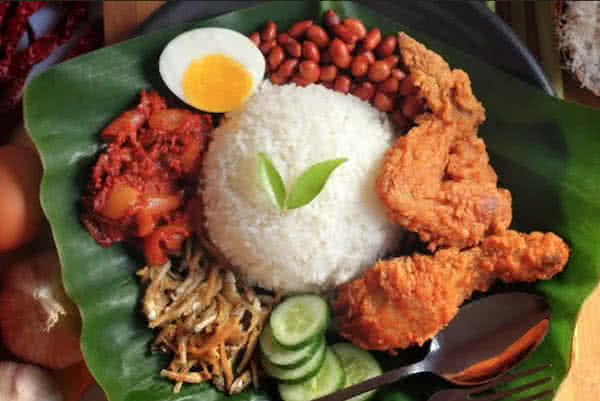
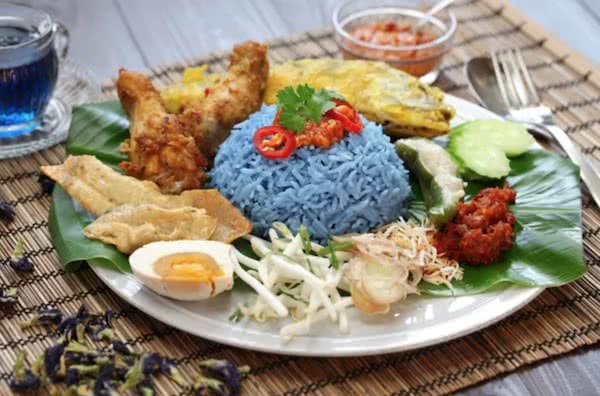
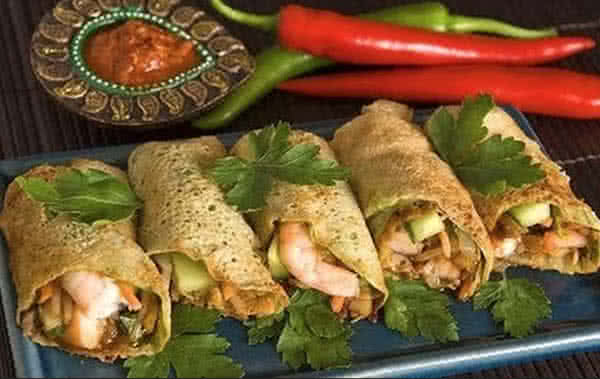
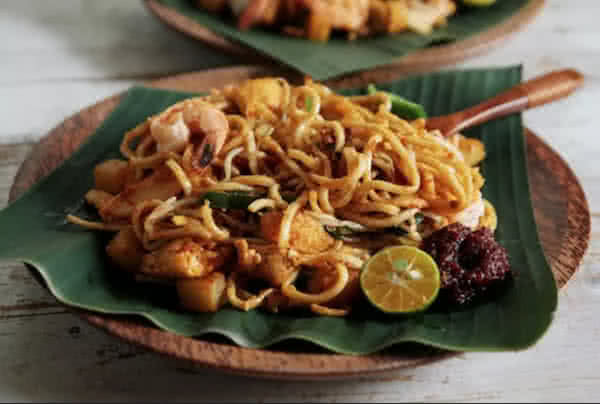
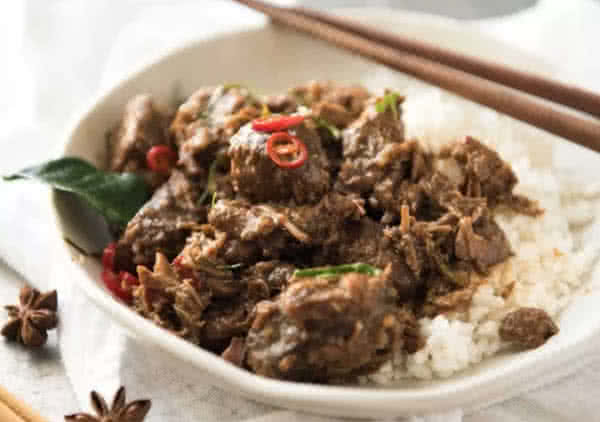
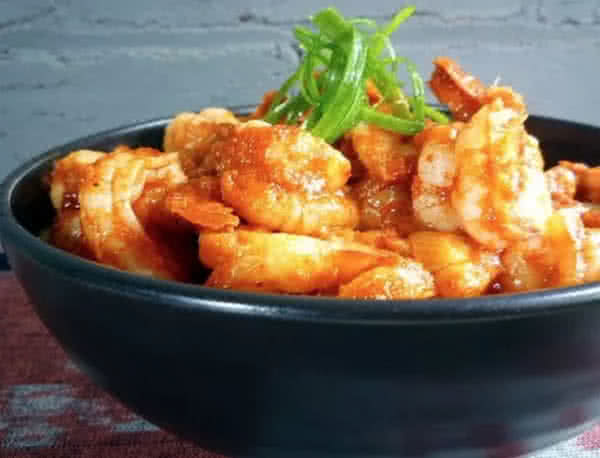
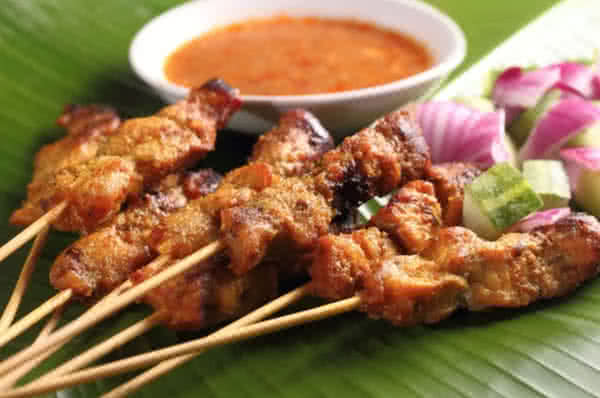
Countries you may also like
Get notified of new countries !
Sign up to our newsletter and receive delicious food from amazing countries from time to time.
Comments
Did we miss any good dish? Let us know in the comments!
